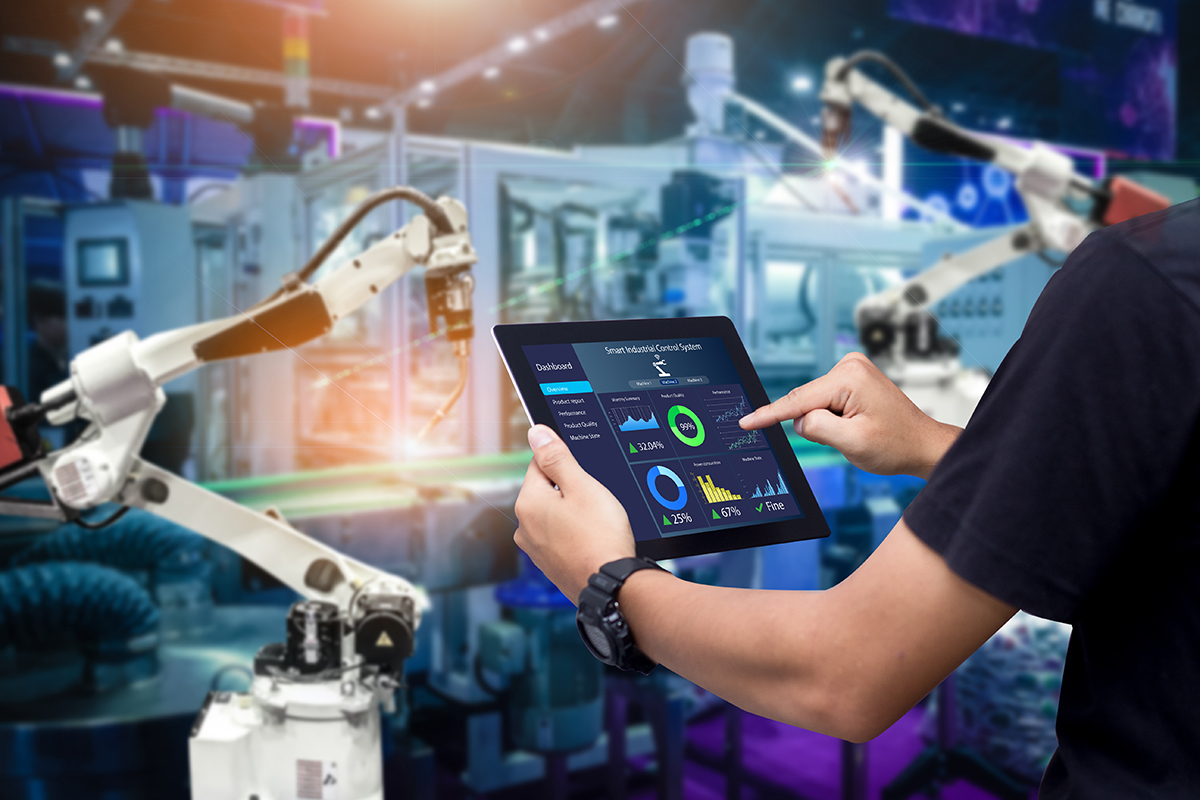In an ever-changing world, manufacturing has evolved into a complex, global network of production and distribution. As our planet grapples with environmental challenges, sustainable manufacturing has become a necessity rather than an option. The integration of digital innovations into manufacturing processes is not only helping to reduce environmental impacts but is also creating new value for businesses. In this article, we will explore the role of digital innovations in sustainable manufacturing and delve into real-life examples of companies making strides in this field.
The Role of Digital Innovations in Sustainable Manufacturing
1. Smart Factories: A Foundation for Sustainability
Smart factories, powered by the Internet of Things (IoT) and real-time data analytics, are the cornerstone of sustainable manufacturing. They enable manufacturers to monitor and optimize operations in real time, leading to reduced energy consumption and waste. A stellar example is Siemens’ Smart Factory in Amberg, Germany. By integrating digital technologies into its production processes, Siemens has achieved a 20% reduction in energy consumption and a 99% first-pass yield rate.
2. Predictive Maintenance for Reduced Waste
Predictive maintenance leverages data analytics and machine learning to predict when equipment is likely to fail. This proactive approach prevents unexpected breakdowns, reduces downtime, and minimizes the need for spare parts and replacements. General Electric (GE) is a pioneer in this field, with its Predix platform. GE Aviation, for instance, uses Predix to predict engine component failures, resulting in significant cost savings and increased aircraft reliability.
3. Energy Efficiency through IoT
Energy efficiency is a crucial component of sustainable manufacturing. IoT sensors and automation systems are being used to monitor and optimize energy usage in real-time. Schneider Electric’s EcoStruxure platform is a prime example. By implementing EcoStruxure, the Lidl distribution center in Finland achieved a 38% reduction in energy consumption, demonstrating the potential for substantial environmental and financial gains.
Data-Driven Decision-Making
4. Supply Chain Optimization
Data analytics play a pivotal role in optimizing supply chains, reducing waste, and improving sustainability. Toyota is a prime example of how data-driven decision-making can transform supply chains. The automaker uses advanced analytics to forecast demand accurately, minimizing overproduction and excess inventory. This not only reduces waste but also saves resources and energy.
5. Circular Economy Integration
The circular economy, which focuses on minimizing waste and maximizing the use of resources, is a key component of sustainable manufacturing. Philips, the electronics company, is a leader in this regard. They have implemented circular economy principles into their lighting products by designing products that are easy to disassemble and recycle. This approach extends product lifecycles and reduces the environmental impact of their products.
Sustainable Product Design with Digital Tools
6. Generative Design for Eco-Friendly Products
Generative design, powered by artificial intelligence, is revolutionizing product design. Autodesk’s generative design tools enable engineers to create sustainable product designs that use less material and energy. By optimizing designs, companies can reduce waste and lower their environmental footprint.
7. Virtual Prototyping and 3D Printing
Virtual prototyping and 3D printing technologies are helping manufacturers minimize material waste and energy consumption. Adidas, the sportswear giant, has embraced 3D printing to create customized, sustainable footwear. Their Futurecraft Loop shoes are not only 3D-printed but also designed for easy disassembly and recycling, aligning with circular economy principles.
Collaborative Robotics (Cobots) in Manufacturing
8. Human-Machine Collaboration
Collaborative robots, or cobots, are enhancing efficiency and safety in manufacturing. Ford, for instance, has integrated cobots into its production lines. These robots work alongside human workers, handling repetitive and potentially hazardous tasks. This not only improves efficiency but also reduces workplace injuries and contributes to a safer and more sustainable manufacturing environment.
The Importance of Data Security and Privacy
9. Protecting Sensitive Manufacturing Data
While the benefits of digital innovations in sustainable manufacturing are undeniable, it’s crucial to address data security and privacy concerns. The SolarWinds cyberattack serves as a stark reminder of the vulnerabilities in digital systems. Manufacturers must strike a balance between sustainability and robust data security to ensure the integrity of their operations.
Conclusion
Sustainable manufacturing, driven by digital innovations, is reshaping the industrial landscape. Companies worldwide are leveraging smart factories, predictive maintenance, IoT, data analytics, and innovative product design to reduce waste, enhance energy efficiency, and minimize their environmental footprint. These efforts not only benefit the planet but also create new value through cost savings, product innovation, and improved competitiveness. As we move forward, the promising future of sustainable manufacturing is marked by a commitment to both environmental stewardship and technological progress.
